In this culture of ours that swoons over celebrity and youth, one might simply let the life and work of someone like Judy Cassab fade from view.
A delightful woman with a prodigious talent and an epic story of love and survival to match might just be confined to the margins.
But somehow, fate or a “higher power” – as Judy Cassab might like to call it – has intervened so that now, was are again able to gaze at the rich canvas of her life.
Judy fled Hungary nearly 60 years ago with her husband and their two infant sons.
The fact that she managed to survive the Holocaust is still a staggering notion, given that millions of others perished, her mother, grandmother and uncle included.
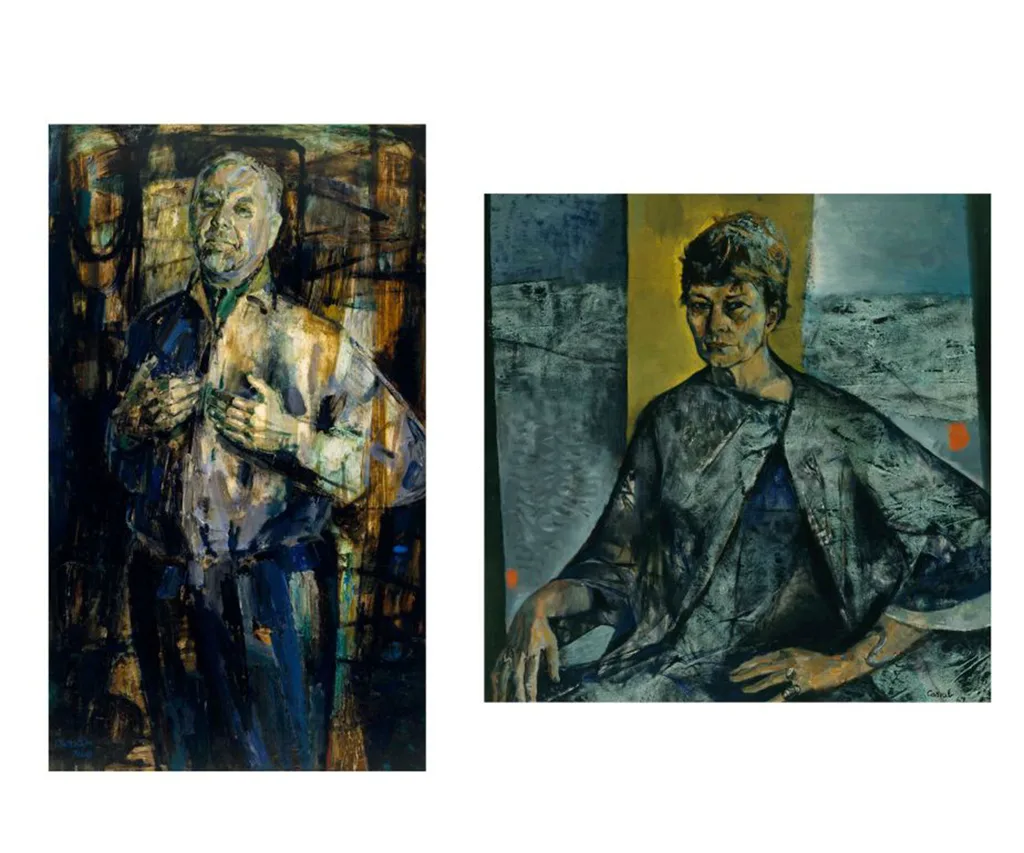
Cassab’s two Archibald Prize winning portraits.
And were it not for Jancsi Kaempfner, the man who was to become her husband and “gallant consort” for 64 years, she would have been deported alongside them. In 1939, Jancsi and Judy married. Within two years, he was in a labour camp in Poland.
In 1943, at his urging, she went to Budapest to study painting. A year later, she received word that Jancsi was being transported in a cattle train from Poland to Russian and the train would be passing through her home town. Judy waited for nine hours in sub-zero conditions for the train to arrive.
When it did and Jancsi saw her on the platform, he pulled her up into the carriage. “And then the train started to go,” Judy recalled to The Weekly in 2003, “and we were in seventh heaven in the cattle car and I travelled with him for about four hours until the Russian border, before I jumped from the train into the snow. I didn’t see him for another two years.”
When Judy, Jancsi [who died in April 2001] and their two sons, John and Peter, arrived in Australia in 1951, they found themselves in a squalid one-room boarding house in Bondi, filled with Hungarians, some of whom were Jewish concentration camp survivors, some of whom were Nazis.
Australia seemed strange and alien. There were no artist colonies, no cafes for people to meet. Judy fell into the grip of nervous tension and despair. How could she paint in this aesthetic void?
In 1955, Judy won The Australian Women’s Weekly prize for her portrait of fashion model Judy Barraclough. The following year, she won it again for her painting of artist Elaine Haxton.

Cassab’s portrait of Judy Barraclough on the September 7, 1955 cover of The Weekly.
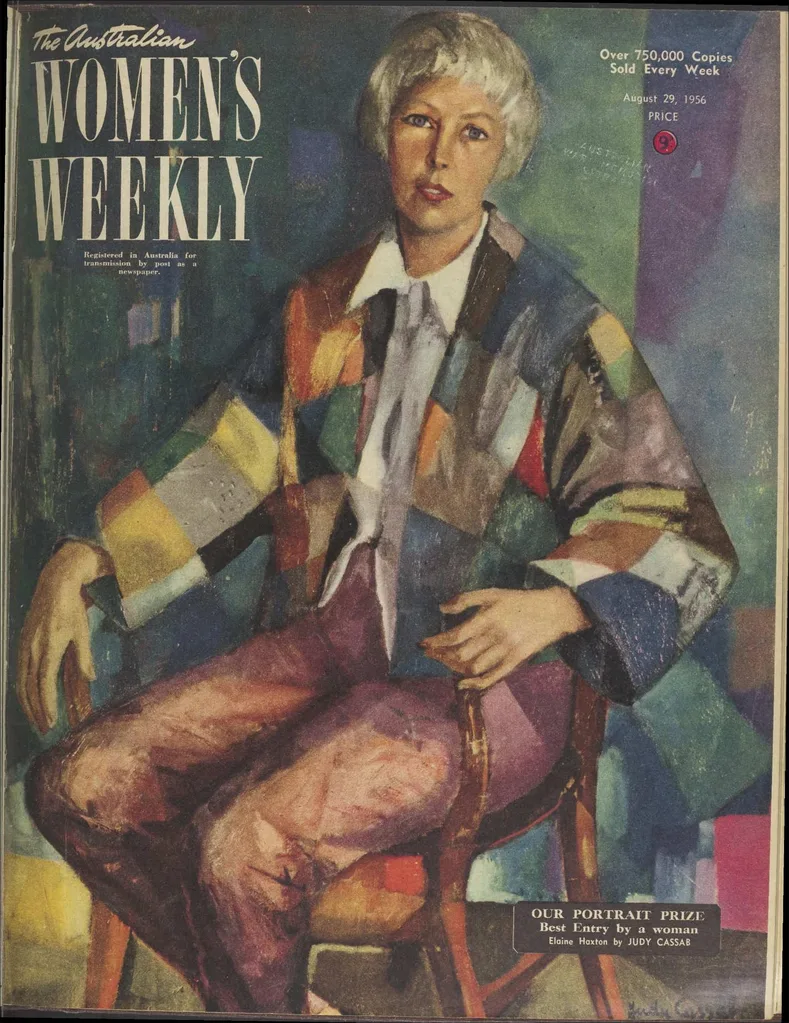
Cassab’s portrait of Elaine Haxton on the August 29, 1956 cover of The Weekly.
In 1961, she became the second woman to win the Archibald Prize for her portrait of painter Stanislaus Rapotec. Six years later she won another, for her portrait of Margo Lewers. In 1969, she was awarded the CBE.
And yet during those years of passage from Bondi to Buckingham Palace, something else happened. She fell under the spell of her adopted land. She saw reds, emeralds, burning oranges. “Suddenly my immigration made sense, from a visual, artistic point of view,” she said.
Judy passed away in her Sydney home in the early hours of Tuesday morning with her sons by her side. She was 95 years old.
She had suffered dementia for 14 years before being diagnosed with cancer – a melanoma on her face – six months ago which quickly spread throughout her body.


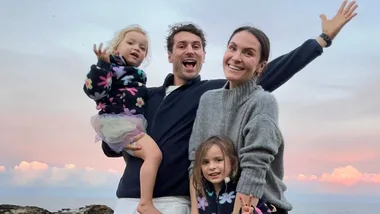
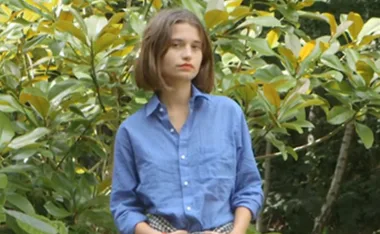


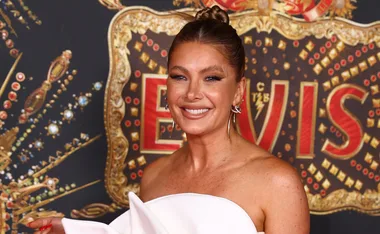

-(1).png?resize=380%2C285)


